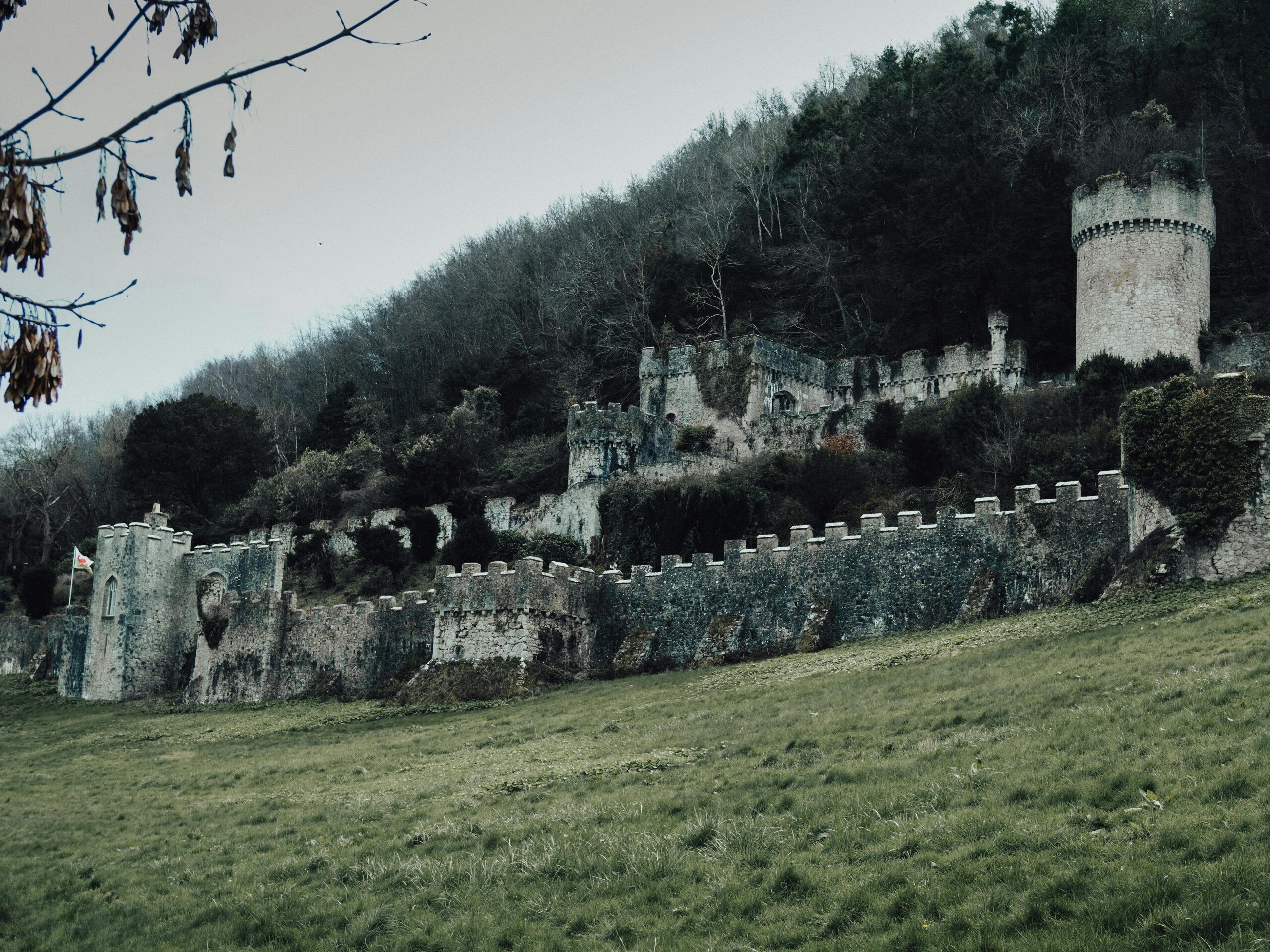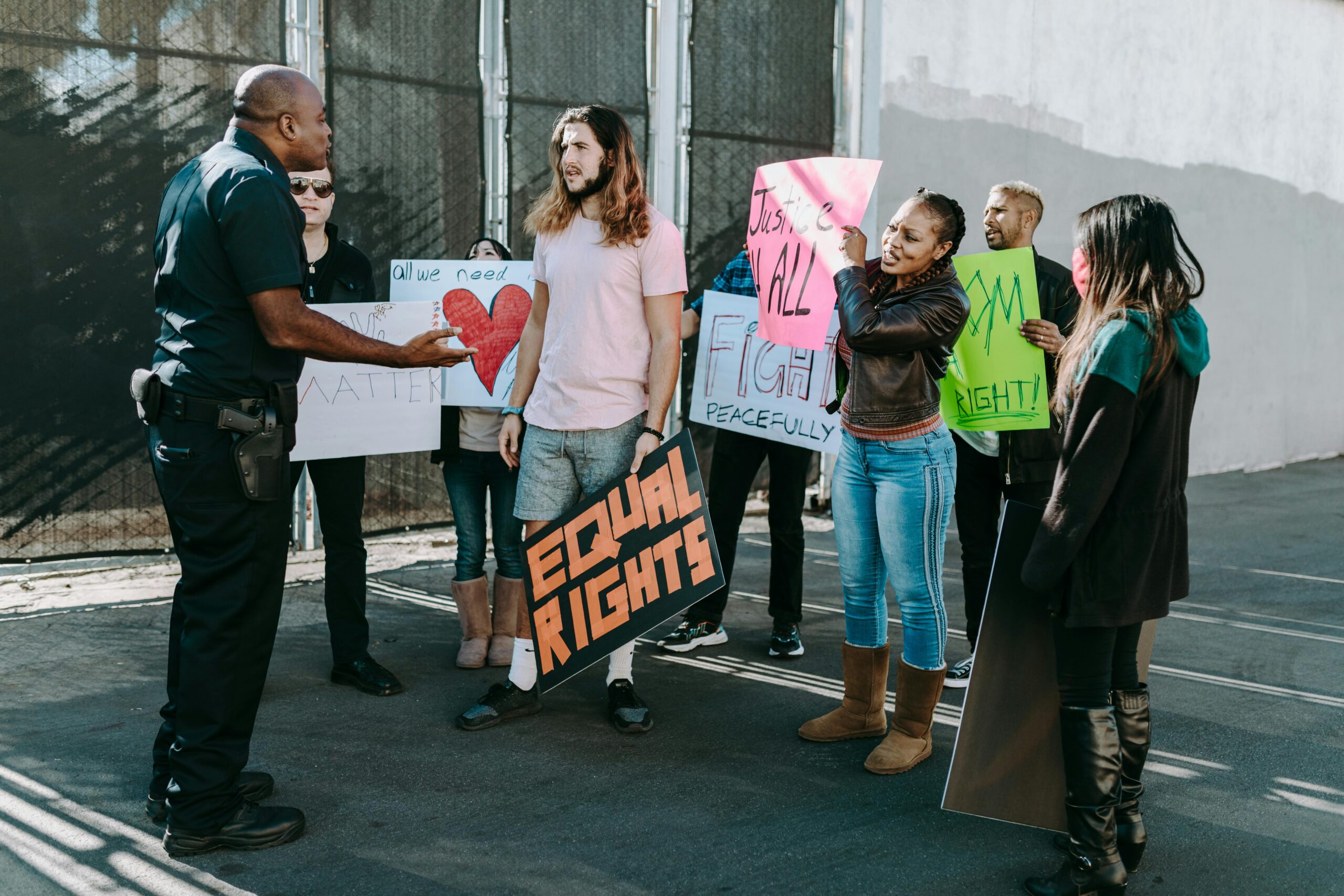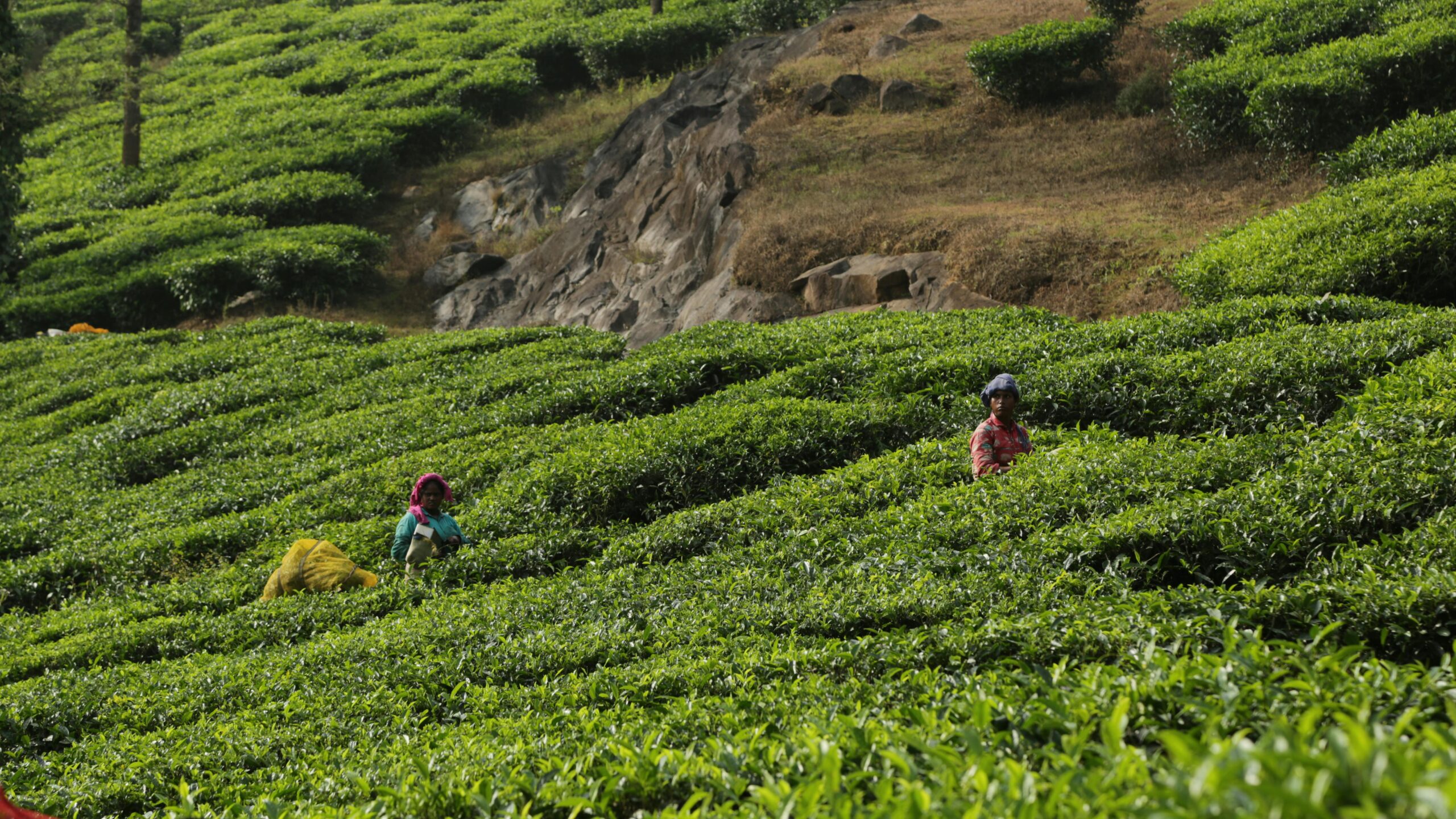Introduction to Culture and Society During the Industrial Revolution
The Industrial Revolution marked a major turning point in human history. It was not just about machines and factories—it also brought profound changes to culture and society. From the late 18th century through the 19th century, industrialization transformed how people lived, worked, learned, and interacted with one another.
The culture and society during the Industrial Revolution underwent dramatic shifts. Rural communities became urban centers, social classes became more defined, and traditional lifestyles were disrupted by technological innovation. These changes affected every aspect of daily life, from family roles to education, religious beliefs, and the arts.
Key Changes in Daily Life
Prior to the Industrial Revolution, most people lived in small villages and worked in agriculture or small-scale trades. Industrialization led to rapid urbanization, drawing large populations into crowded cities in search of factory jobs. This migration significantly altered family dynamics, gender roles, and social structures.
The Rise of a New Social Order
The growth of industry created new social classes—especially the factory-owning middle class and a growing industrial working class. With these shifts came new challenges, including poor working conditions, labor disputes, and calls for reform. At the same time, increased access to education and print media gave people more ways to express ideas and shape cultural trends.
Cultural Evolution
Art, literature, and philosophy also evolved in response to industrialization. Romanticism, for instance, emerged as a reaction to the harsh realities of urban life, while Realism depicted the lives of everyday people. These cultural movements reflected and influenced how society understood itself during a time of rapid change.
How the Industrial Revolution Transformed Urban Life
The Industrial Revolution dramatically reshaped every aspect of human life, but perhaps nowhere was this more evident than in the cities. How the Industrial Revolution transformed urban life can be seen through the rapid rise of industrial cities, the evolution of infrastructure, and the new social challenges that emerged.
Explosive Urban Growth
Before the Industrial Revolution, most people lived in small, rural communities. But as factories spread, so did the demand for labor. People flocked to cities in large numbers, leading to explosive urban growth. Cities like Manchester, London, and New York expanded quickly, often without adequate planning or resources.
Changes in Housing and Living Conditions
The sudden influx of workers created a housing crisis. Tenement buildings were thrown up quickly to accommodate factory workers. These homes were often overcrowded, poorly ventilated, and lacked sanitation. Disease outbreaks were common, and life expectancy in industrial cities was significantly lower than in rural areas.
Transportation and Infrastructure Advancements
Urban life also saw major improvements in transportation. Streets were expanded, bridges built, and public transport like horse-drawn streetcars and later trains began to appear. These changes not only supported the movement of goods and labor but also gradually improved the quality of life in urban centers.
Development of Public Services
The challenges of urbanization eventually led to the creation of public health departments, modern sewage systems, and the regulation of building codes. Schools, police forces, and fire departments were established to maintain order and improve life in densely populated areas.
New Urban Culture and Social Life
Cities became centers of cultural exchange, innovation, and political activism. While the poor lived in harsh conditions, the middle class began to enjoy new amenities—public parks, museums, theaters, and cafes. Urban life became more complex, offering both hardship and opportunity.
Changing Roles of Women and Families

The changing roles of women and families during the Industrial Revolution marked a major shift in social structure and daily life. As economies transitioned from agriculture to industry, traditional family roles and gender expectations evolved dramatically.
The Shift from Home to Factory
Before industrialization, women’s work was largely confined to the home, contributing to the household economy through farming, textile production, or family businesses. With the rise of factories, many women began working outside the home—often in textiles, garment production, or domestic service. This shift altered not only economic roles but also family dynamics.
Dual Burden: Work and Family Responsibilities
While women took on wage labor, they were still expected to fulfill traditional domestic roles. This created a “dual burden” where women had to balance long hours at work with caring for children, cooking, and maintaining the household. For many working-class families, this was a financial necessity, not a choice.
Middle-Class Ideals and the “Cult of Domesticity”
Among the growing middle class, a different pattern emerged. Men were seen as breadwinners, while women were expected to stay home and uphold moral and domestic order. This ideal, known as the “cult of domesticity,” emphasized women’s roles as caregivers, educators of children, and moral guides of the household.
Impact on Children and Family Structure
With both parents—especially mothers—engaged in labor, children were often left unattended or required to work in factories themselves. This led to the rise of child labor and growing concern for family welfare, eventually prompting social reform and the introduction of child labor laws.
Seeds of Social Change
The changing roles of women and families laid the groundwork for future social reform. Exposure to wage labor gave women a greater sense of independence and economic contribution, which would later fuel movements for women’s rights, including suffrage and labor rights..
Conclusion for Section:
The changing roles of women and families during the Industrial Revolution redefined the meaning of work, family, and gender roles. While the period brought hardship, especially for working-class families, it also sparked new ideas about equality, labor rights, and social responsibility—changes that continue to influence society today.

Education and the Rise of the Literate Workforce
One of the most significant shifts in culture and society during the Industrial Revolution was the growing emphasis on education. As economies moved from agriculture to industry, a literate and skilled workforce became essential to support new technologies and complex systems of production.
The Need for a Literate Workforce
Factories, railroads, and other industrial enterprises needed workers who could read instructions, understand measurements, and maintain machinery. This growing demand spurred interest in basic education, especially reading, writing, and arithmetic.
Expansion of Public Schooling
During the 19th century, many governments began investing in public education systems. The idea was not only to improve literacy rates but also to instill discipline, punctuality, and obedience—traits that were highly valued in industrial settings.
Education as a Social Equalizer
For the working class, education offered a pathway to upward mobility. While access to quality education remained unequal, even basic literacy improved opportunities for employment and advancement. Education gradually became viewed as a right rather than a privilege.
Industrialists and Educational Reform
Interestingly, many industrialists supported education reforms. They believed that an educated workforce would be more productive and easier to manage. Philanthropic factory owners even funded schools for their workers’ children, blending social responsibility with economic interest.
Long-Term Impact on Society
The rise in literacy rates and formal schooling contributed to the development of a more informed and civically engaged society. Newspapers, political pamphlets, and books became more widely accessible, further enriching culture and society during the Industrial Revolution.
Religion and Morality in an Industrializing World
Labor Movements and Class Awareness
Labor movements and rising class awareness were defining aspects of culture and society during the Industrial Revolution. As industrial economies expanded, so did the inequalities between factory owners and workers, giving rise to labor unrest and calls for reform.
The Birth of Industrial Working-Class Identity
The factory system created a new class of urban industrial workers. These laborers often worked long hours under dangerous conditions for low pay. This shared experience forged a sense of identity among workers, laying the foundation for class awareness and collective action.
Poor Working Conditions Spark Unrest
Excessively long shifts, lack of safety regulations, and child labor were common in early industrial settings. As these harsh realities became widespread, they fueled discontent and inspired workers to organize and protest.
The Rise of Labor Unions
In response to poor treatment, workers began forming early labor unions. These organizations aimed to protect worker rights through collective bargaining, strikes, and public demonstrations. Though often met with resistance from employers and governments, labor unions were crucial in advocating for change.
Class Tensions and Social Reform
As the gap between the working class and the industrial elite widened, class tensions intensified. Intellectuals, writers, and social reformers began to highlight the exploitation of workers. Movements for workers’ rights, fair wages, and better conditions gained momentum across Europe and the United States..
Long-Term Cultural Impact
Labor movements not only improved workplace conditions but also reshaped culture and society during the Industrial Revolution. They played a key role in democratizing the workplace and influencing future social policies, including labor laws, minimum wage standards, and the right to unionize.
Living Conditions and Public Health in Industrial Cities
The rapid pace of urbanization during the Industrial Revolution transformed everyday life in ways that deeply affected culture and society during the Industrial Revolution. Nowhere was this more evident than in the crowded, unsanitary living conditions of industrial cities and the growing concern for public health.
Overcrowding and Poor Housing
As factories drew workers into urban areas, cities expanded faster than they could accommodate the influx. Families were crammed into small, poorly constructed tenement housing with little ventilation or privacy. In many cases, multiple families shared a single room, and sanitation was nearly nonexistent.
Lack of Clean Water and Sanitation
Public infrastructure failed to keep up with the population boom. Most industrial cities lacked proper sewage systems, and waste was often dumped into nearby rivers or streets. Clean water was scarce, contributing to the rapid spread of diseases like cholera, typhoid, and dysentery.
The Spread of Disease
Close quarters and unhygienic conditions created the perfect environment for epidemics. Outbreaks of disease were frequent and devastating. Entire neighborhoods could be affected due to poor sanitation and lack of access to medical care, especially among the working class.
Child Mortality and Worker Health
Children, often employed in factories, were particularly vulnerable to poor health conditions. Malnutrition, long working hours, and exposure to pollutants resulted in high child mortality rates. Adults faced frequent injuries and chronic illnesses due to unsafe working and living environments.
Early Reforms and Public Health Initiatives
By the mid-19th century, awareness grew around the link between living conditions and health. Public health reformers and social activists began advocating for cleaner streets, better housing, and improved access to medical care. Governments slowly introduced regulations and began investing in sewage systems, public baths, and health inspections.
Technology’s Impact on Social Interaction
The culture and society during the Industrial Revolution experienced profound changes, not only economically but also in how people interacted socially. Advances in technology during this period fundamentally reshaped social connections, communication, and community life.
New Modes of Communication
The Industrial Revolution brought innovations such as the telegraph and improved printing technologies, which drastically altered how information was shared. News could travel faster than ever before, connecting distant communities and enabling a more informed public.
Changing Social Networks
Urbanization, driven by industrial growth, led to the breakdown of traditional rural communities. People moved to cities for work, where social interactions became more diverse but also more fragmented. Neighbors were no longer bound by longstanding familial ties but by shared workplaces or neighborhoods.
Impact on Family Dynamics
Technological advancements and factory schedules altered family life. Long working hours outside the home meant families spent less time together, and children often contributed to family income through factory work. This shift changed traditional roles and altered the way family members related to each other.
Public Spaces and Socializing
The growth of industrial cities created new public spaces such as parks, coffeehouses, and theaters where people from different backgrounds could mingle. These venues became important centers for cultural exchange and socializing, influencing the development of new social norms.
Technology and Social Stratification
While technology connected many, it also highlighted social divisions. Access to new communication methods and leisure activities was often limited to the middle and upper classes. Working-class populations sometimes faced social isolation due to long hours and poor living conditions.
Long-Term Cultural Effects of the Industrial Revolution
The culture and society during the Industrial Revolution underwent significant transformation, but its impact didn’t end in the 19th century. The long-term cultural effects continue to shape modern life, influencing how people live, work, and relate to one another.
Rise of the Modern Work Ethic
The shift from agrarian life to factory-based labor instilled a new sense of discipline and time management. Punctuality, productivity, and routine became valued traits — a legacy that persists in today’s work culture.
Growth of Consumer Culture
Mass production made goods more accessible, fueling a consumer-driven society. This cultural shift emphasized material wealth and consumption, influencing everything from advertising to personal identity.
Urbanization and Cultural Exchange
As people flocked to industrial cities, new cultural blends emerged. Diverse populations living in close quarters led to a fusion of languages, customs, and traditions — a trend that laid the groundwork for multicultural urban centers.
Education and Literacy Expansion
One of the most lasting impacts on culture and society during the Industrial Revolution was the prioritization of education. As industrial economies required a more skilled workforce, literacy rates rose. This helped democratize knowledge and gave rise to widespread public education.
Gender Roles and Social Reform
The Industrial Revolution disrupted traditional gender roles. Women entered the workforce in greater numbers, leading to social awareness and eventually, movements for gender equality and labor rights. These reforms have had long-standing cultural implications.
Art and Literature Respond to Change
Writers and artists began reflecting industrial life’s realities. From Romanticism’s response to industrialization’s harshness to the rise of realism, the cultural landscape of literature and art evolved significantly.
Conclusion: Cultural and Social Legacy of the Industrial Revolution
The culture and society during the Industrial Revolution experienced some of the most significant transformations in human history. What began as a wave of technological and industrial advancement quickly rippled through every part of social life—changing the way people worked, lived, learned, and related to one another.
A Permanent Shift in Daily Life
The Industrial Revolution permanently altered how time, labor, and productivity were valued. It introduced structured work schedules, mechanized production, and the concept of mass consumerism. These changes formed the basis of the modern industrialized world.
Lasting Social Change
From gender roles to class awareness, the period sparked new social dynamics. Women began to step outside traditional domestic roles, labor unions formed, and awareness of workers’ rights emerged. These shifts laid the groundwork for later reforms in labor laws and gender equality.
Urbanization and Cultural Integration
The movement of people into cities led to the creation of more diverse, multicultural societies. Urban centers became melting pots of customs, ideas, and social values, setting the stage for the cultural diversity seen in today’s cities.
Educational and Intellectual Growth
As industries needed skilled workers, education systems expanded. Rising literacy rates not only supported economic growth but also contributed to a more informed and empowered population. The effects are still evident in modern public education systems.
FAQ: Culture and Society During the Industrial Revolution
What is meant by “culture and society during the Industrial Revolution”?
“Culture and society during the Industrial Revolution” refers to the sweeping changes in daily life, social structure, values, and community dynamics that occurred alongside the rise of industrialization between the late 18th and 19th centuries. These changes impacted family roles, education, religion, labor, and social interactions.
How did urban life change during the Industrial Revolution?
Urban life saw massive growth due to rural migration. Cities expanded rapidly, often without proper infrastructure, leading to overcrowded housing and public health challenges. Despite the hardships, cities also became centers of innovation, labor, and culture.
What role did women play in industrial society?
Women played a critical role in textile factories and other manufacturing jobs, especially during the early Industrial Revolution. While paid less than men, many women became economically active, challenging traditional gender roles and laying the foundation for future rights movements.
How did class structure evolve during the Industrial Revolution?
The Industrial Revolution gave rise to new social classes, such as the industrial middle class (bourgeoisie) and the urban working class (proletariat). This created sharper divisions between the wealthy factory owners and the laboring poor, fueling labor unions and class-conscious political movements.
Did education improve during this time?
Yes. As the demand for skilled labor increased, access to basic education improved, especially for children in industrialized nations. Governments began investing in public education to prepare a literate and productive workforce.
How did religion and morality adapt to industrial life?
Traditional religious values were both challenged and reinforced during industrialization. Some religious groups advocated for workers’ rights and social justice, while others focused on personal morality in response to rising poverty and social change.
What were the effects of technology on social life?
Technology altered how people communicated, traveled, and worked. Innovations like the telegraph and railroad made societies more connected, but also brought new anxieties about pace of life, job security, and social cohesion.
Why is understanding this period important today?
Studying culture and society during the Industrial Revolution helps us understand the origins of many aspects of modern life: urbanization, education, labor laws, and even modern gender roles. It also highlights the costs and consequences of rapid technological change.




